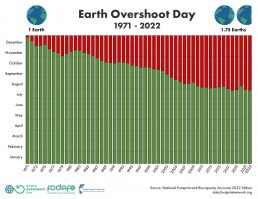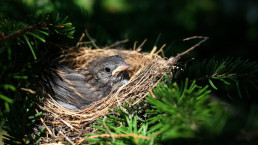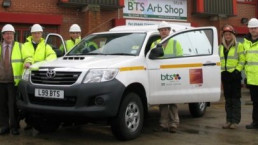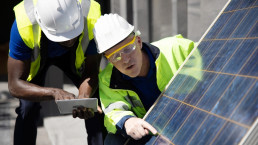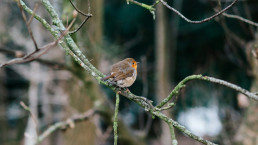Results Start in the Field.
You know your work. We know how to digitise it and boost your team’s efficiency.
MightyFields – BUILT FOR THE FIELD.
To connect, enter your email here:
What 10,000 Cleared Spans Taught Us About Vegetation Management Digitalisation
Here's what we’ve learned from real-world deployments in vegetation management…
BTS Group: Staying in Control with a Flexible Solution
MightyFields has revolutionised our operations. The cost savings are…
Ad-Hoc Reports from Sites – NEW Feature!
This is our first proper niche solution of MightyFields, the MightySolar.
Use Case: BTS Group – Staying in Control with a Flexible Solution
BTS Group cut admin time by 30% and gained full field control with…


